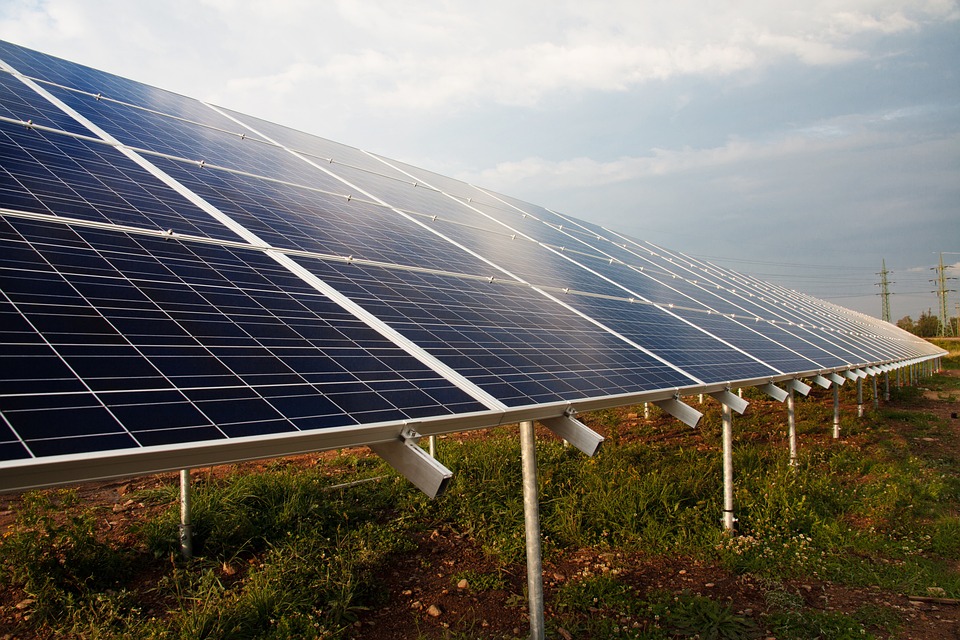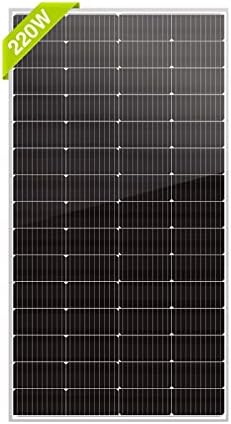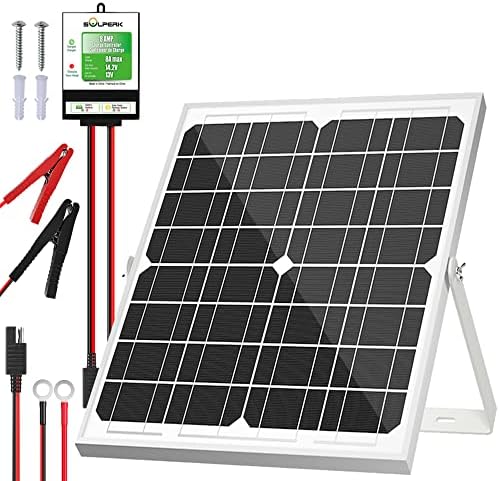Going Green at Home: How Solar Panels Are Revolutionizing Renewable Energy
Picture this: waking up in the morning to the warm rays of the sun streaming through your window, knowing that these very rays will power your entire home for the day. As the light floods in, you feel a sense of gratitude for the sustainable choices you’ve made to reduce your carbon footprint and live off the grid. Solar panels have transformed the way we harness energy, providing a clean, renewable source of power that not only benefits the environment but also saves us money in the process. In this article, we will delve into the exciting world of solar panels, exploring their numerous benefits, debunking common myths, and providing essential pro tips for those considering their installation.
Solar panels have become an integral aspect of sustainable living, shaping the way we generate energy in our homes. As someone who has experienced the advantages of living off the grid, I can confidently assert that embracing solar power has been a game-changer. Gone are the days of complete reliance on traditional power grids and the associated hefty utility bills. With the installation of solar panels, I have found myself liberated with a clean energy solution that offers immense savings and a genuine sense of environmental responsibility.
When it comes to solar panels, one of the biggest concerns people have is their cost. It’s true that the initial investment may seem daunting, but the long-term benefits are unquestionably worth it. Not only do solar panels reduce your electricity bill significantly, but they also offer a return on investment that can often be achieved within just a few years. Plus, let’s not forget the numerous financial incentives and tax breaks available, making solar panels an even more appealing choice. Furthermore, the advancements in technology have led to more affordable prices and greater accessibility, allowing more households to embrace solar power.
In addition to the financial advantages, solar panels are a prime example of how individuals can contribute to a sustainable future. By generating your own clean energy, you reduce your carbon footprint and minimize your contribution to climate change. As solar power is a renewable source of energy, it doesn’t deplete natural resources or emit harmful greenhouse gases like traditional fossil fuels do. Choosing solar power is a small step with a significant impact, collectively leading to a healthier planet for future generations to enjoy.
Pro Tip: Before installing solar panels, it is crucial to assess your energy needs. Take into consideration the average daily electricity consumption in your household to determine the number and size of panels required. Conducting an energy audit can help you identify energy-saving opportunities and ensure maximum efficiency.
Another common misconception about solar panels is their lack of effectiveness in regions with limited sunlight. While it’s true that solar panels thrive in areas with abundant sunshine, they can still generate substantial energy in less sunny locations. Modern panels are designed to capture even the smallest amount of sunlight, and advancements in technology have greatly improved their efficiency. Additionally, battery storage systems can be installed to store excess energy for use during cloudy days or at night, ensuring a consistent power supply.
One of the fascinating developments in solar technology is its growing versatility. From rooftops to solar farms, solar panels are no longer limited to residential use. Businesses, industries, and even entire communities are embracing solar power on a larger scale. Solar farms, for instance, can generate an enormous amount of electricity that caters to the energy needs of entire towns, mitigating the environmental impact of traditional power sources. This shift towards solar energy on a broader scale signifies a new era of sustainable living and greener communities.
Pro Tip: When positioning your solar panels, ensure they are angled for optimal sunlight exposure. South-facing roofs generally receive the most sunlight in the Northern Hemisphere, while north-facing roofs are preferable in the Southern Hemisphere. Ideally, panels should be tilted at an angle equal to your latitude to maximize energy production.
When it comes to maintaining solar panels, rest assured that they are incredibly durable and require minimal upkeep. Unlike conventional power sources, solar panels have no moving parts that can wear out, and they are built to withstand various weather conditions. However, occasional cleaning to remove dust or debris may be necessary to ensure optimum efficiency. Additionally, it is recommended to schedule routine inspections to detect and address any issues before they escalate.
As solar panels continue to revolutionize renewable energy, their efficiency and affordability are constantly improving. Eager to stay ahead of the curve, scientists and researchers are tirelessly working on advancements in solar technology, which promise even greater energy production and cost-effectiveness in the future. From lightweight and flexible panels to solar paint and windows that double as energy generators, the possibilities are endless. The era of solar power holds immense potential, and it’s an exciting time to embrace this clean energy source.
Pro Tip: Consider joining a local solar-powered community and share experiences and tips with like-minded individuals. Collaborating with others can provide valuable insights into maximizing efficiency and savings.
In conclusion, solar panels have transformed the way we harness energy by providing a clean and renewable source of power. The cost savings, environmental benefits, and long-term return on investment make them an appealing choice for individuals and communities alike. With advancements in technology and growing accessibility, solar panels are setting the stage for a greener future. By embracing solar power, we can all contribute to a sustainable world that prioritizes clean energy and reduces our reliance on traditional power sources. Let’s harness the power of the sun and pave the way to a brighter, cleaner, and more sustainable future.



